Home>Storage & Organization>Kitchen Organizing Tools>How To Get Cats To Share A Litter Box
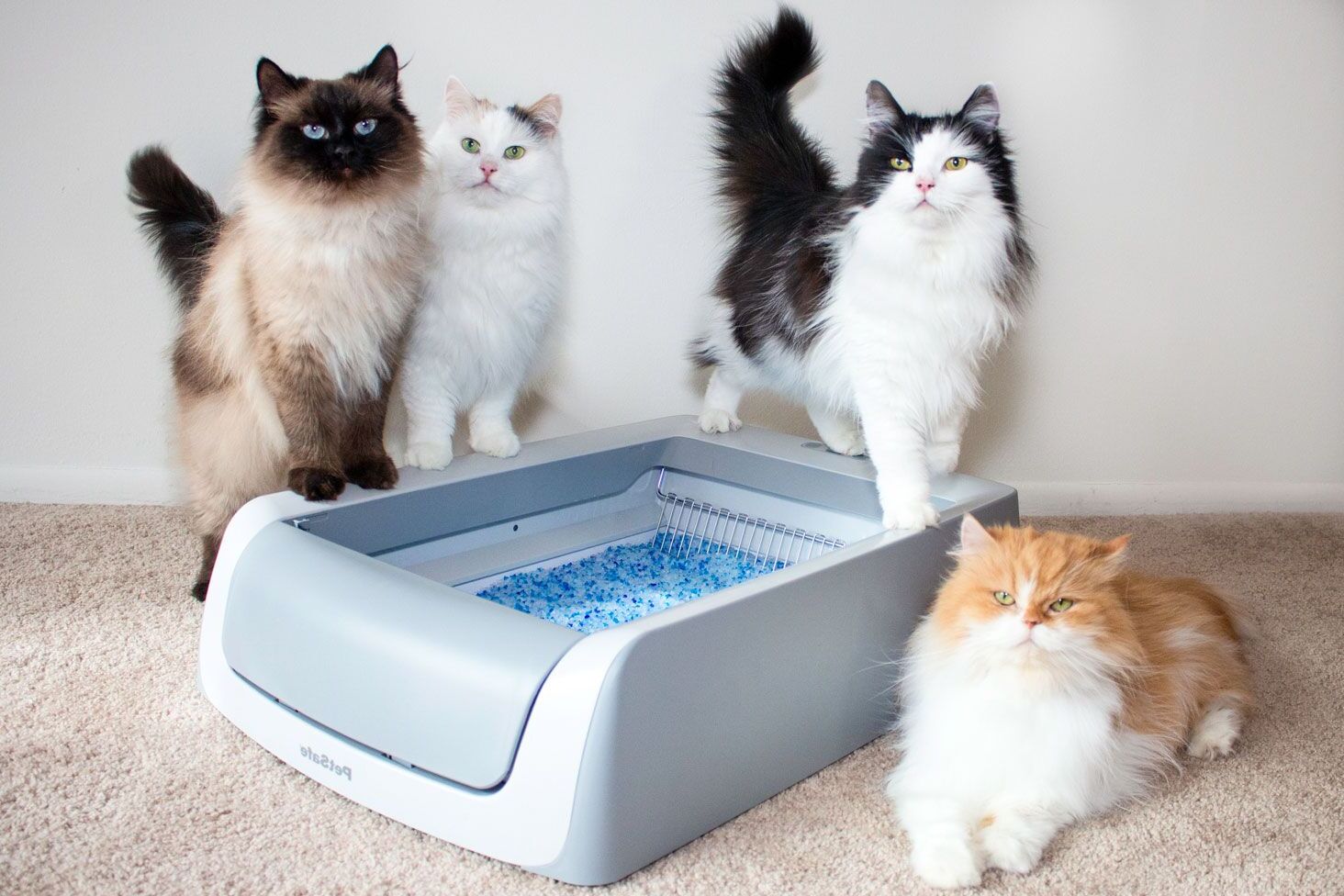

Kitchen Organizing Tools
How To Get Cats To Share A Litter Box
Modified: March 2, 2024
Discover the best kitchen organizing tools and tips to streamline your space. Find out how to get cats to share a litter box effortlessly. Simplify your life today!
(Many of the links in this article redirect to a specific reviewed product. Your purchase of these products through affiliate links helps to generate commission for Storables.com, at no extra cost. Learn more)
Introduction
Cats are fascinating creatures with unique behaviors and preferences. One of the essential aspects of caring for a cat is ensuring they have a clean and suitable litter box. However, when you have multiple cats, getting them to share a litter box harmoniously can be a challenge. Understanding their behavior, choosing the right litter box, and maintaining a clean environment are crucial factors in achieving this delicate balance.
In this comprehensive guide, we will delve into the intricacies of feline behavior and provide practical tips for creating a conducive environment for multiple cats to share a litter box. Whether you're a seasoned cat owner or a novice feline enthusiast, this article will equip you with valuable insights and strategies to foster a harmonious litter box-sharing experience for your beloved pets.
From understanding the nuances of cat behavior to selecting the most suitable litter box and optimizing its placement, we will explore every facet of this multifaceted endeavor. Additionally, we will discuss the importance of cleanliness and hygiene in the maintenance of a shared litter box, as well as the gradual introduction of multiple cats to this communal space.
By the end of this guide, you will have a comprehensive understanding of the dynamics involved in getting cats to share a litter box peacefully. With the right knowledge and approach, you can create a harmonious environment where your feline companions can comfortably attend to their toileting needs without unnecessary stress or conflict.
Let's embark on this enlightening journey into the world of feline behavior and litter box dynamics, and discover the keys to successfully facilitating a shared litter box arrangement for your beloved cats.
Key Takeaways:
- Cats prefer privacy and cleanliness when using a litter box. Providing multiple boxes, keeping them clean, and placing them in quiet areas can help cats share a litter box harmoniously.
- Introducing multiple cats to a shared litter box requires patience, positive reinforcement, and gradual transition. Understanding cat behavior and preferences is key to creating a peaceful environment for all feline companions.
Read more: How To Get A Cat To Pee In The Litter Box
Understanding Cat Behavior
Understanding the intricacies of cat behavior is fundamental to creating a conducive environment for multiple cats to share a litter box harmoniously. Cats are known for their independent and territorial nature, and these traits significantly influence their behavior around litter boxes. By gaining insights into their natural instincts and preferences, cat owners can effectively address potential challenges and facilitate a peaceful coexistence among their feline companions.
Cats are inherently territorial animals, and this trait is particularly evident in their approach to toileting. Each cat has a distinct territory, and the presence of a litter box within this space is crucial for their sense of security and comfort. When multiple cats share a living space, it's essential to recognize and respect their individual territories to prevent conflicts related to litter box usage.
Moreover, cats are fastidious creatures with a strong inclination towards cleanliness. They are highly sensitive to odors and cleanliness levels in their immediate environment, including the litter box area. Understanding this aspect of their behavior is pivotal in maintaining a hygienic and inviting litter box that encourages regular use by all resident cats.
Furthermore, the social dynamics among cats play a significant role in their behavior around litter boxes. Hierarchies and social structures within a multi-cat household can influence access to resources, including the litter box. Recognizing these dynamics and ensuring equitable access to litter boxes for all cats is essential in preventing stress and potential conflicts related to toileting.
In addition to territorial and social factors, understanding individual cats' preferences and habits is crucial in creating a conducive environment for shared litter box usage. Some cats may prefer specific types of litter or box designs, while others may have distinct toileting routines. By observing and understanding these individual preferences, cat owners can tailor the litter box setup to accommodate each cat's unique needs, thereby promoting a harmonious coexistence around this essential resource.
By delving into the intricacies of cat behavior, cat owners can gain valuable insights into the factors that influence litter box usage and potential conflicts in multi-cat households. Armed with this understanding, they can implement strategic measures to create a harmonious environment where multiple cats can comfortably share a litter box without unnecessary stress or competition.
Choosing the Right Litter Box
Selecting the appropriate litter box is a pivotal step in creating an environment conducive to shared usage by multiple cats. The right litter box should accommodate the unique needs and preferences of each feline occupant while promoting cleanliness and accessibility. Here are essential considerations when choosing the right litter box for a multi-cat household:
Size and Space
The size of the litter box is a critical factor, especially when accommodating multiple cats. It should be spacious enough to comfortably accommodate each cat, allowing them to move freely and assume their preferred toileting posture. Additionally, consider the dimensions of the litter box in relation to the available space in your home. A larger litter box may be necessary to prevent overcrowding and provide ample room for multiple cats to access and utilize the facility without feeling confined.
Number of Boxes
In a multi-cat household, the general rule of thumb is to provide one litter box per cat, plus an additional box. This ensures that each cat has access to a designated toileting area, reducing the likelihood of competition or territorial disputes. By offering multiple litter boxes strategically placed throughout the living space, you can promote a harmonious environment where each cat can attend to their toileting needs without unnecessary stress or conflict.
Read more: How To Get A New Cat To Use A Litter Box
Litter Box Design
When selecting a litter box, consider the design features that cater to the specific preferences and behaviors of your cats. Some cats may prefer open litter boxes, while others may feel more secure and comfortable in enclosed or hooded options. Additionally, the depth of the litter box and the ease of entry and exit are crucial aspects to consider, especially for senior or differently-abled cats. By understanding your cats' individual preferences, you can choose a litter box design that accommodates their unique needs, promoting a positive toileting experience for all resident felines.
Litter Box Material
The material of the litter box is another important consideration. Opt for durable, non-absorbent materials that are easy to clean and maintain. Plastic litter boxes are popular due to their lightweight nature and ease of cleaning. Additionally, consider the texture of the litter box surface, ensuring it is comfortable for your cats to step in and out of, further enhancing their toileting experience.
By carefully considering these factors and selecting the right litter box, cat owners can create a conducive environment where multiple cats can comfortably and hygienically share a litter box. This thoughtful approach to choosing the right litter box sets the foundation for promoting harmonious litter box usage among resident felines, contributing to a peaceful and stress-free coexistence in a multi-cat household.
Placing the Litter Box in the Right Location
Strategic placement of the litter box is pivotal in fostering a conducive environment for multiple cats to share this essential resource harmoniously. The location of the litter box significantly influences its accessibility, privacy, and overall appeal to resident cats. By carefully considering the following factors, cat owners can optimize the placement of litter boxes to promote stress-free and harmonious toileting experiences for their feline companions.
Accessibility and Privacy
When determining the placement of litter boxes in a multi-cat household, accessibility and privacy are paramount considerations. Each litter box should be easily accessible to all resident cats, ensuring that they do not encounter obstacles or territorial barriers when attempting to use the facility. Additionally, cats appreciate privacy during their toileting activities. Therefore, placing litter boxes in quiet and relatively secluded areas can provide the necessary privacy for cats to feel comfortable and secure while attending to their toileting needs.
Read more: How To Get My Cat To Poop In The Litter Box
Multiple Locations
In a multi-cat household, it is advisable to distribute litter boxes across various locations within the living space. This approach prevents overcrowding and territorial disputes around a single litter box. By offering multiple toileting areas, cat owners can reduce the likelihood of competition and conflicts among resident cats. Moreover, strategically placing litter boxes in different areas of the home provides cats with convenient access to these facilities, minimizing the potential for stress or inconvenience during their toileting routines.
Avoiding High-Traffic Areas
Placing litter boxes in high-traffic areas, such as near the main entrance or in close proximity to loud appliances, can deter cats from using them consistently. Cats prefer quiet and low-traffic areas for their toileting activities, and placing litter boxes in such locations can encourage regular and stress-free usage. By avoiding high-traffic areas, cat owners can create inviting and comfortable toileting spaces that cater to their cats' natural preferences, thereby promoting harmonious litter box sharing among multiple feline occupants.
Consideration of Cat Preferences
Observing and understanding individual cats' preferences and behaviors can guide the placement of litter boxes in the right locations. Some cats may prefer secluded areas, while others may feel more comfortable using litter boxes placed in open spaces. By considering each cat's unique preferences, cat owners can tailor the placement of litter boxes to accommodate their individual needs, promoting a positive and stress-free toileting experience for all resident felines.
By meticulously considering these factors and strategically placing litter boxes in the right locations, cat owners can create an environment where multiple cats can comfortably and conveniently share these essential facilities. This thoughtful approach to litter box placement contributes to a harmonious and stress-free coexistence among resident felines, ensuring that they can attend to their toileting needs without unnecessary competition or conflict.
Keeping the Litter Box Clean
Maintaining a clean litter box is essential for promoting regular and stress-free usage, especially in a multi-cat household. A pristine litter box not only encourages cats to consistently utilize the facility but also contributes to their overall well-being and hygiene. Here are essential strategies for keeping the litter box clean and inviting for multiple feline occupants:
Read more: How To Get My Cat To Use A Litter Box
Regular Scooping
Frequent scooping is paramount in keeping the litter box clean and appealing to resident cats. Ideally, the litter box should be scooped at least once a day, if not more frequently, to remove soiled clumps and feces. This routine not only prevents odors from permeating the area but also ensures that cats have a clean and hygienic space for their toileting activities.
Quality Litter
Choosing a high-quality, clumping litter can significantly aid in maintaining cleanliness within the litter box. Clumping litter forms solid masses when in contact with moisture, making it easier to scoop out and discard soiled portions. Additionally, high-quality litter tends to control odors more effectively, contributing to a fresher and more inviting environment for multiple cats to share.
Thorough Cleaning
In addition to regular scooping, the litter box should undergo a complete cleaning on a periodic basis. This involves emptying the litter, scrubbing the box with a mild, unscented detergent, and thoroughly rinsing and drying it before refilling with fresh litter. Periodic deep cleaning prevents the buildup of odors and bacteria, ensuring that the litter box remains a clean and hygienic space for all resident cats.
Odor Control
Addressing odors associated with the litter box is crucial in maintaining a clean and inviting environment. Using odor-neutralizing products specifically designed for cat litter can help mitigate unpleasant smells, creating a more pleasant atmosphere for both cats and their human companions. Additionally, strategic placement of the litter box in well-ventilated areas can aid in minimizing odors within the living space.
Monitoring Hygiene
Observing the hygiene of the litter box area is equally important. Spilled litter, scattered debris, or accidental soiling around the box should be promptly cleaned to uphold a hygienic environment. Regularly wiping down the surrounding area and ensuring that the litter box is situated in a clean and well-maintained space contributes to a positive toileting experience for all resident cats.
By diligently implementing these strategies, cat owners can uphold a clean and inviting environment within the litter box, promoting regular and stress-free usage by multiple feline occupants. A meticulously maintained litter box not only fosters harmonious coexistence among resident cats but also contributes to a hygienic and pleasant living environment for both cats and their human companions.
Introducing Multiple Cats to a Shared Litter Box
Introducing multiple cats to a shared litter box requires a gradual and strategic approach to ensure a smooth transition and minimize potential conflicts. When integrating a new cat into a household with existing feline occupants, or when transitioning from individual litter boxes to a shared arrangement, careful planning and consideration are essential. By following these steps, cat owners can facilitate a seamless introduction and promote harmonious litter box usage among multiple cats.
Gradual Transition
Initially, it is advisable to maintain the existing individual litter boxes while gradually introducing the concept of a shared litter box. This gradual transition allows cats to acclimate to the idea of sharing a toileting space and minimizes the likelihood of territorial disputes or resistance to change. Placing the new shared litter box in close proximity to the individual boxes can help familiarize the cats with its presence and encourage exploration.
Positive Reinforcement
Positive reinforcement plays a crucial role in encouraging cats to accept and utilize a shared litter box. Providing treats, praise, and affection when cats show interest in or use the shared facility creates positive associations and reinforces desirable behavior. Additionally, placing familiar scents, such as used litter or bedding, in the shared box can further encourage its acceptance by resident cats.
Read more: How To Get Cat To Use A Covered Litter Box
Observation and Monitoring
Careful observation of the cats' behavior and interactions around the shared litter box is essential during the introduction phase. Monitoring for signs of stress, reluctance, or conflicts allows cat owners to intervene proactively and address any issues that may arise. By closely observing the cats' responses, adjustments can be made to the introduction process to ensure a smooth and stress-free transition.
Individual Preferences
Recognizing and accommodating individual cats' preferences and habits is pivotal in facilitating a successful transition to a shared litter box. Some cats may readily embrace the shared arrangement, while others may require more time and encouragement. By respecting each cat's unique pace and providing tailored support, cat owners can promote a positive and inclusive toileting experience for all resident felines.
Patience and Persistence
Introducing multiple cats to a shared litter box requires patience and persistence. Cats may take varying amounts of time to adjust to the new arrangement, and setbacks or resistance may occur. By maintaining a patient and consistent approach, cat owners can gradually guide their feline companions towards comfortable and stress-free usage of the shared litter box.
By following these steps and maintaining a patient, attentive approach, cat owners can successfully introduce multiple cats to a shared litter box. This thoughtful process fosters a harmonious environment where resident cats can comfortably and peacefully attend to their toileting needs, promoting a positive and stress-free coexistence in a multi-cat household.
Conclusion
In conclusion, creating a harmonious environment for multiple cats to share a litter box is a multifaceted endeavor that requires a deep understanding of feline behavior, strategic decision-making, and attentive management. By delving into the intricacies of cat behavior, cat owners can gain valuable insights into the factors that influence litter box usage and potential conflicts in multi-cat households. Armed with this understanding, they can implement strategic measures to create a harmonious environment where multiple cats can comfortably share a litter box without unnecessary stress or competition.
Choosing the right litter box is a pivotal step in this process. By considering factors such as size, design, and material, cat owners can select litter boxes that cater to the unique needs and preferences of each feline occupant, promoting cleanliness and accessibility. Additionally, strategic placement of the litter box is essential in fostering a conducive environment for multiple cats to share this essential resource harmoniously. By considering factors such as accessibility, privacy, and individual cat preferences, cat owners can optimize the placement of litter boxes to promote stress-free and harmonious toileting experiences for their feline companions.
Furthermore, maintaining a clean litter box is crucial for promoting regular and stress-free usage, especially in a multi-cat household. By implementing strategies such as regular scooping, using high-quality litter, and thorough cleaning, cat owners can uphold a clean and inviting environment within the litter box, contributing to a hygienic and pleasant living environment for both cats and their human companions.
Introducing multiple cats to a shared litter box requires a gradual and strategic approach to ensure a smooth transition and minimize potential conflicts. By following steps such as gradual transition, positive reinforcement, and careful observation, cat owners can facilitate a seamless introduction and promote harmonious litter box usage among multiple cats.
In essence, creating a conducive environment for multiple cats to share a litter box involves a holistic approach that encompasses understanding feline behavior, making informed decisions regarding litter box selection and placement, maintaining cleanliness, and facilitating a smooth transition for multiple cats. By integrating these strategies and insights, cat owners can foster a harmonious environment where their feline companions can comfortably and peacefully attend to their toileting needs, promoting a positive and stress-free coexistence in a multi-cat household.
Frequently Asked Questions about How To Get Cats To Share A Litter Box
Was this page helpful?
At Storables.com, we guarantee accurate and reliable information. Our content, validated by Expert Board Contributors, is crafted following stringent Editorial Policies. We're committed to providing you with well-researched, expert-backed insights for all your informational needs.
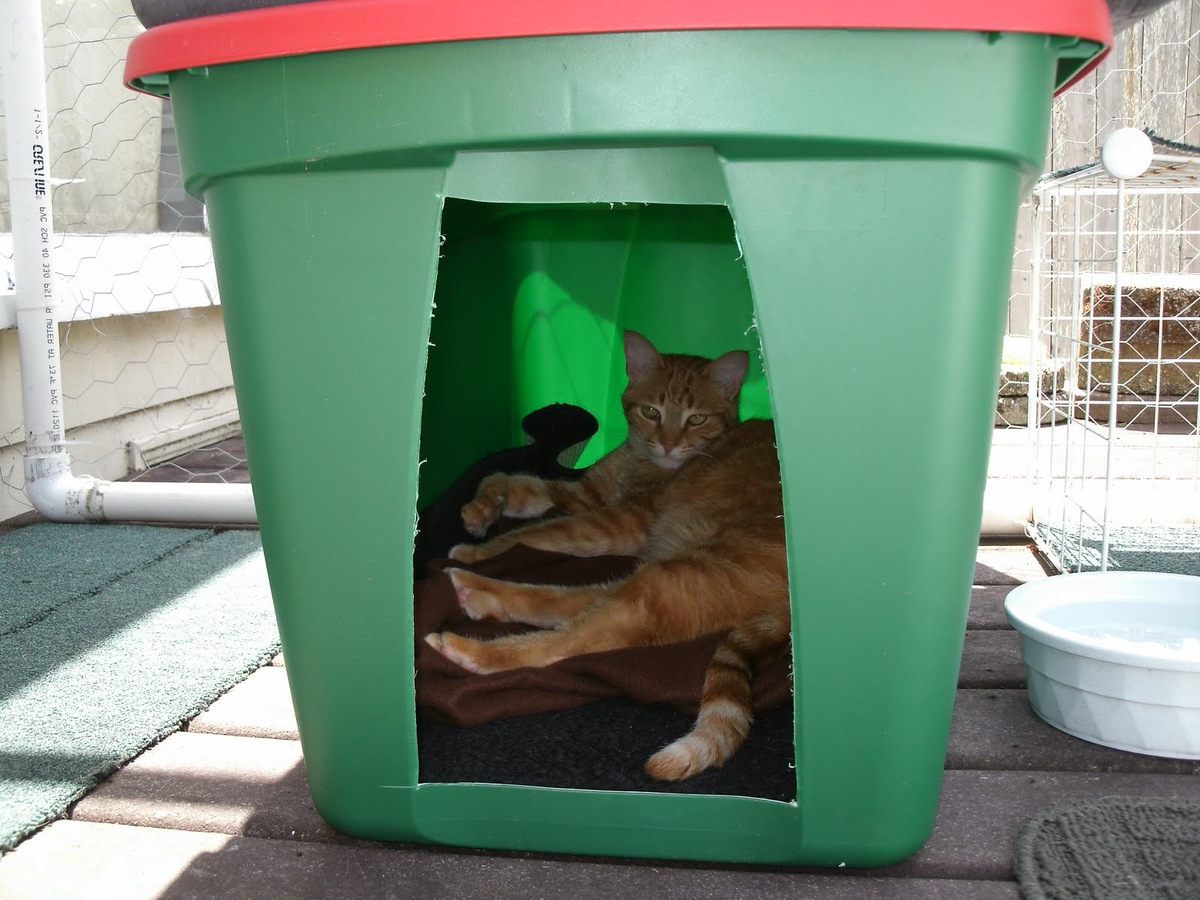
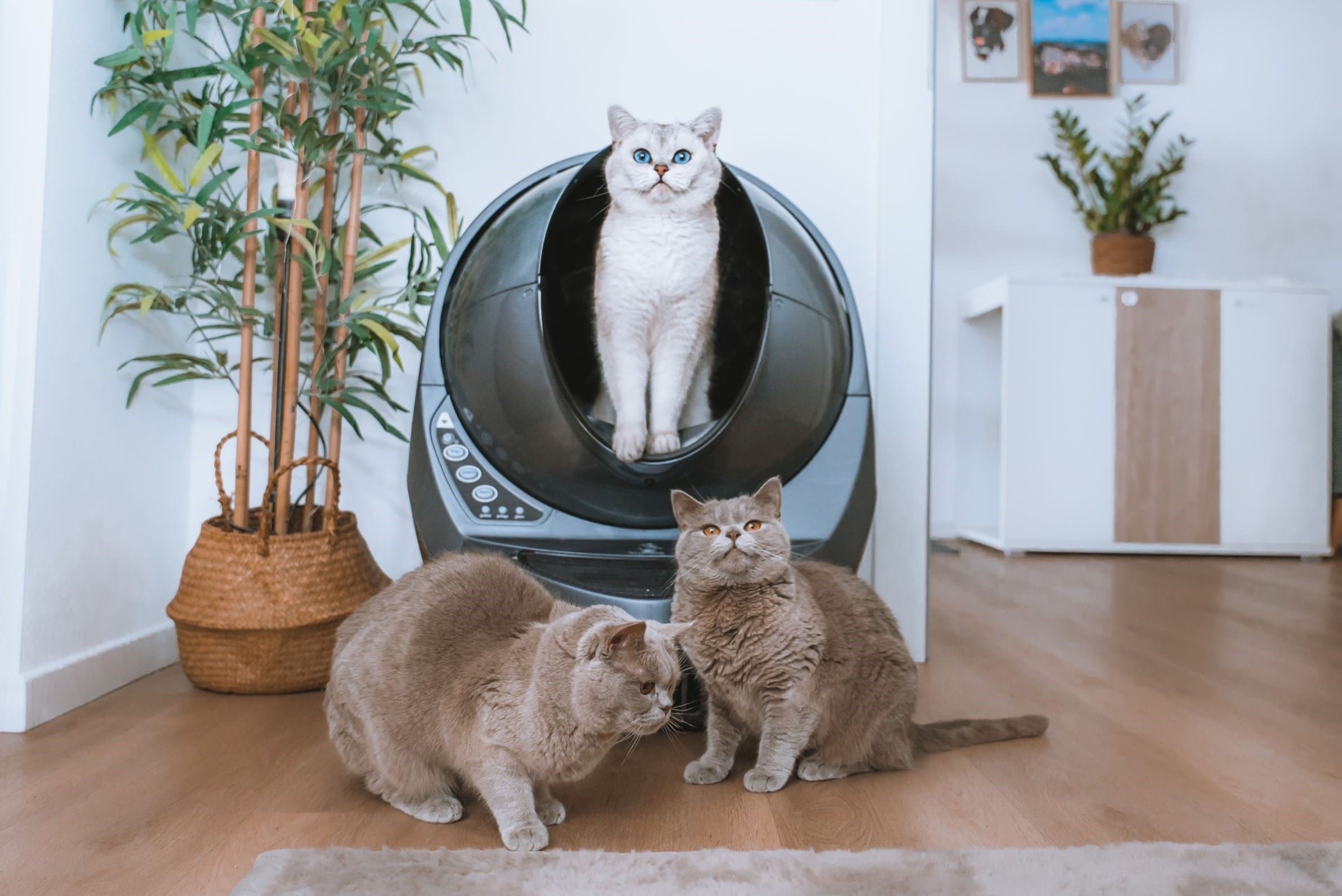
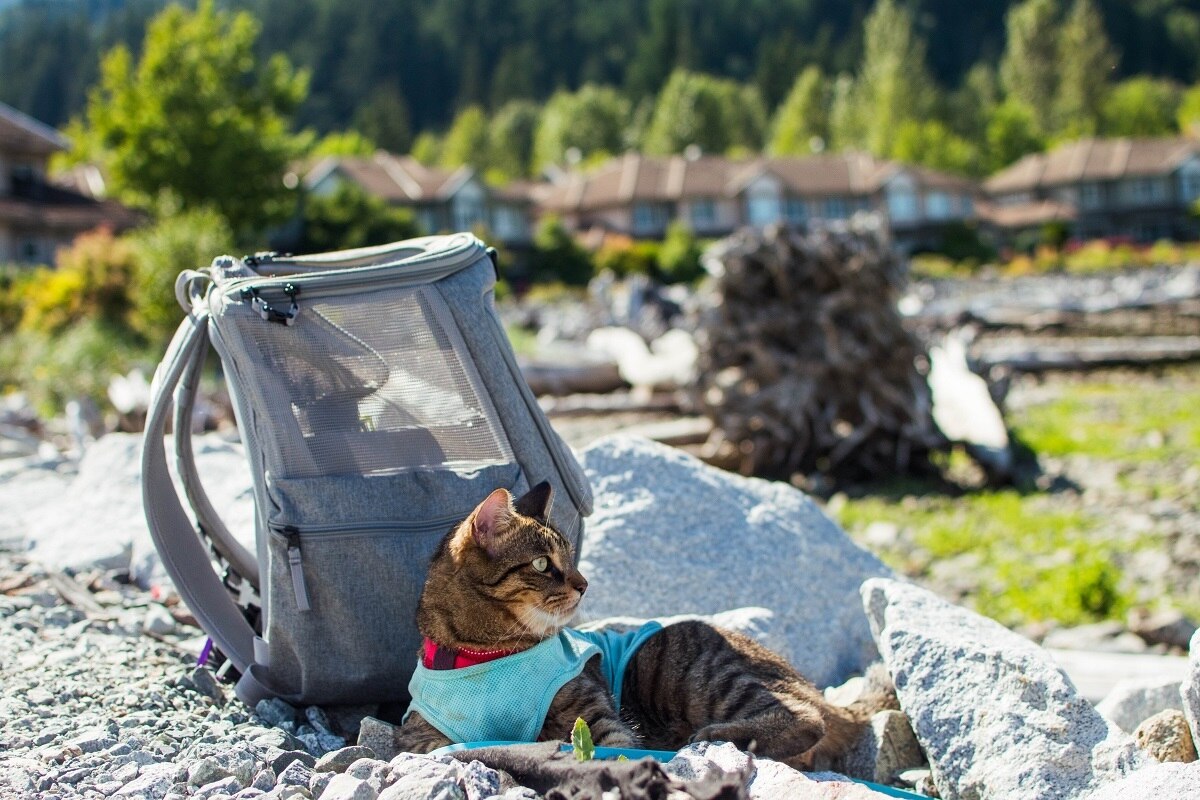
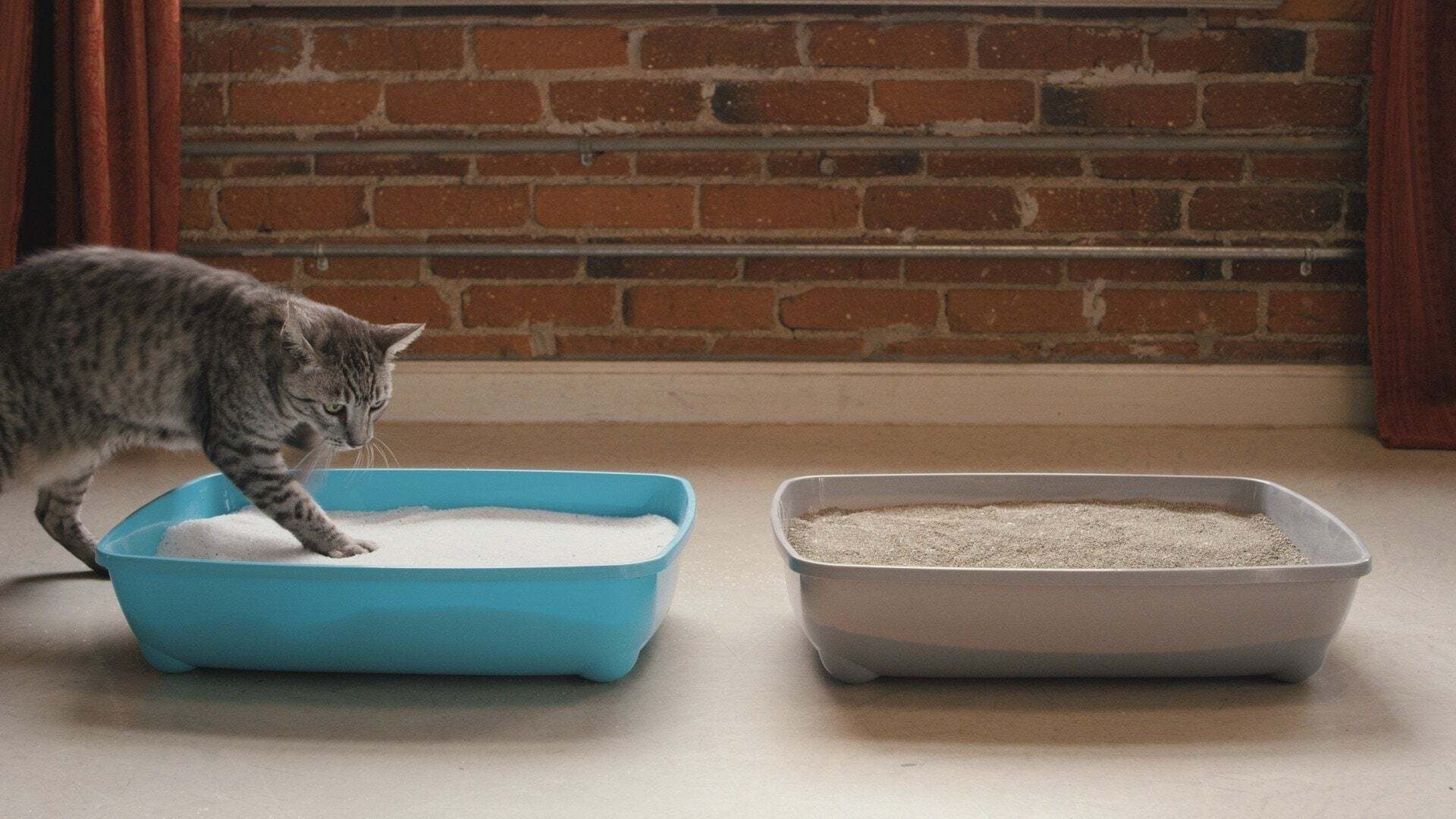
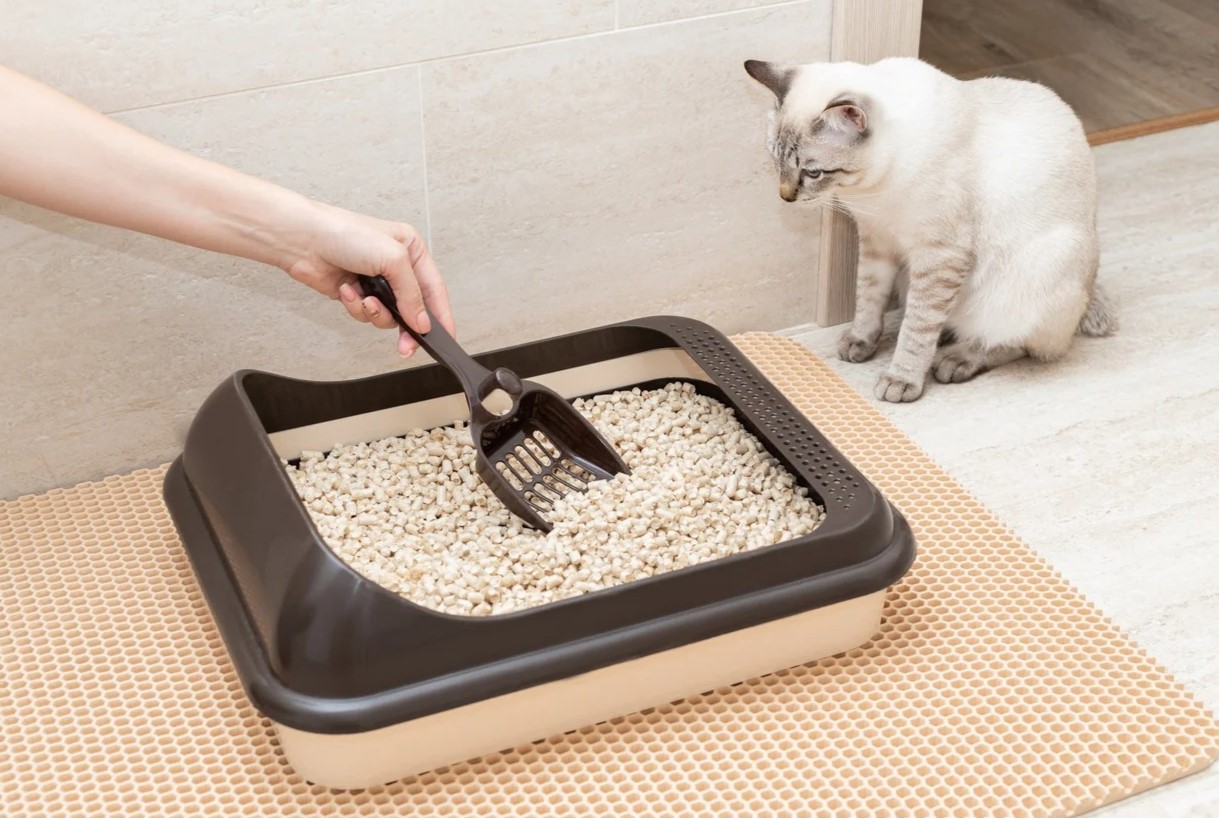
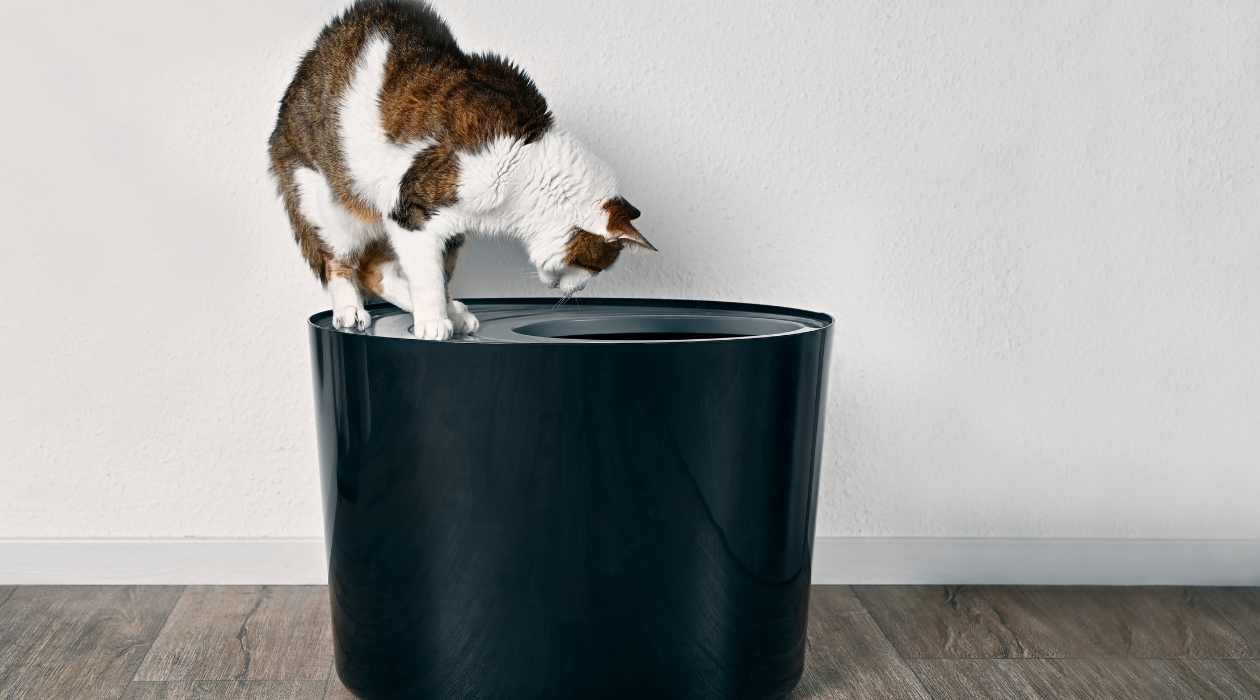
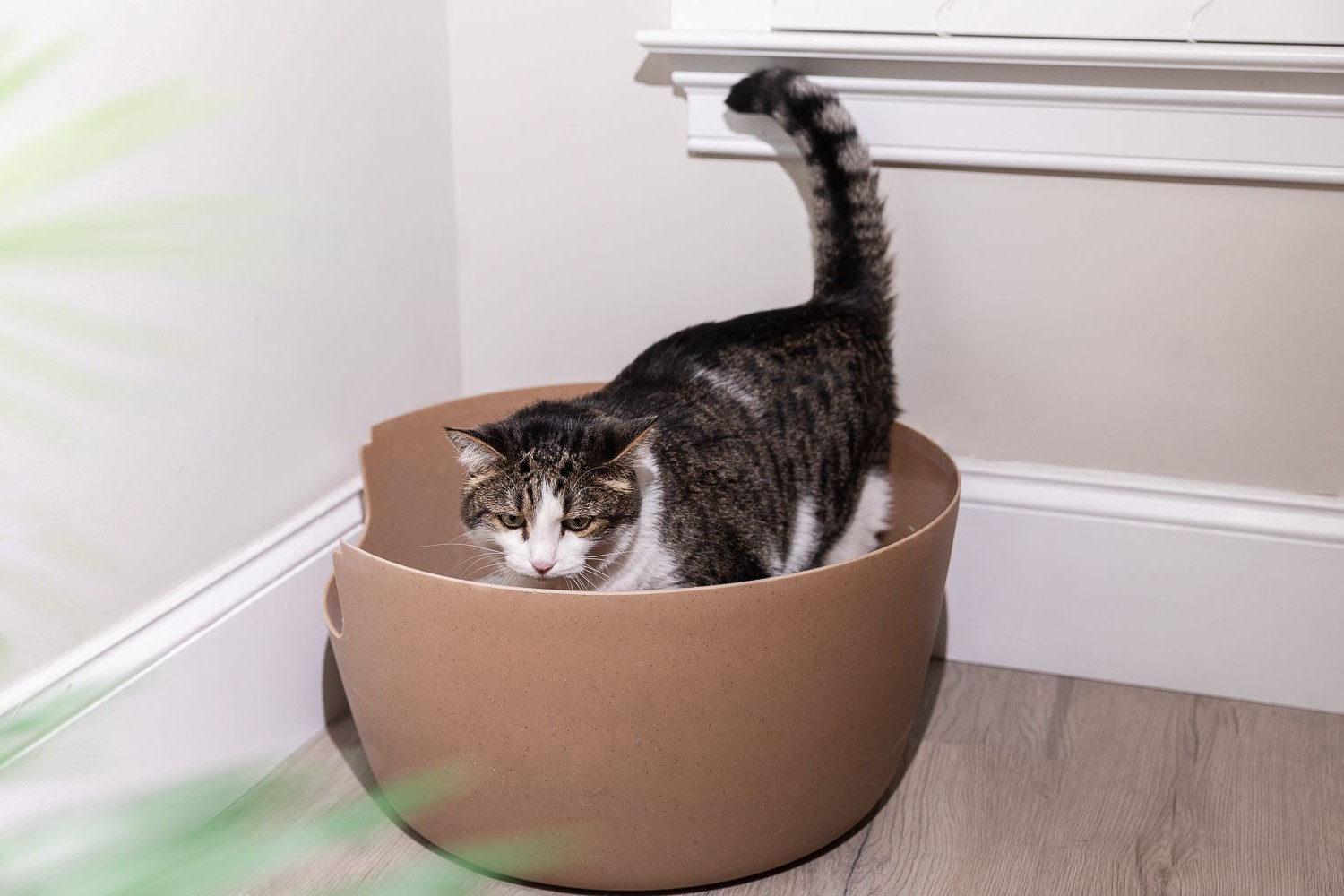
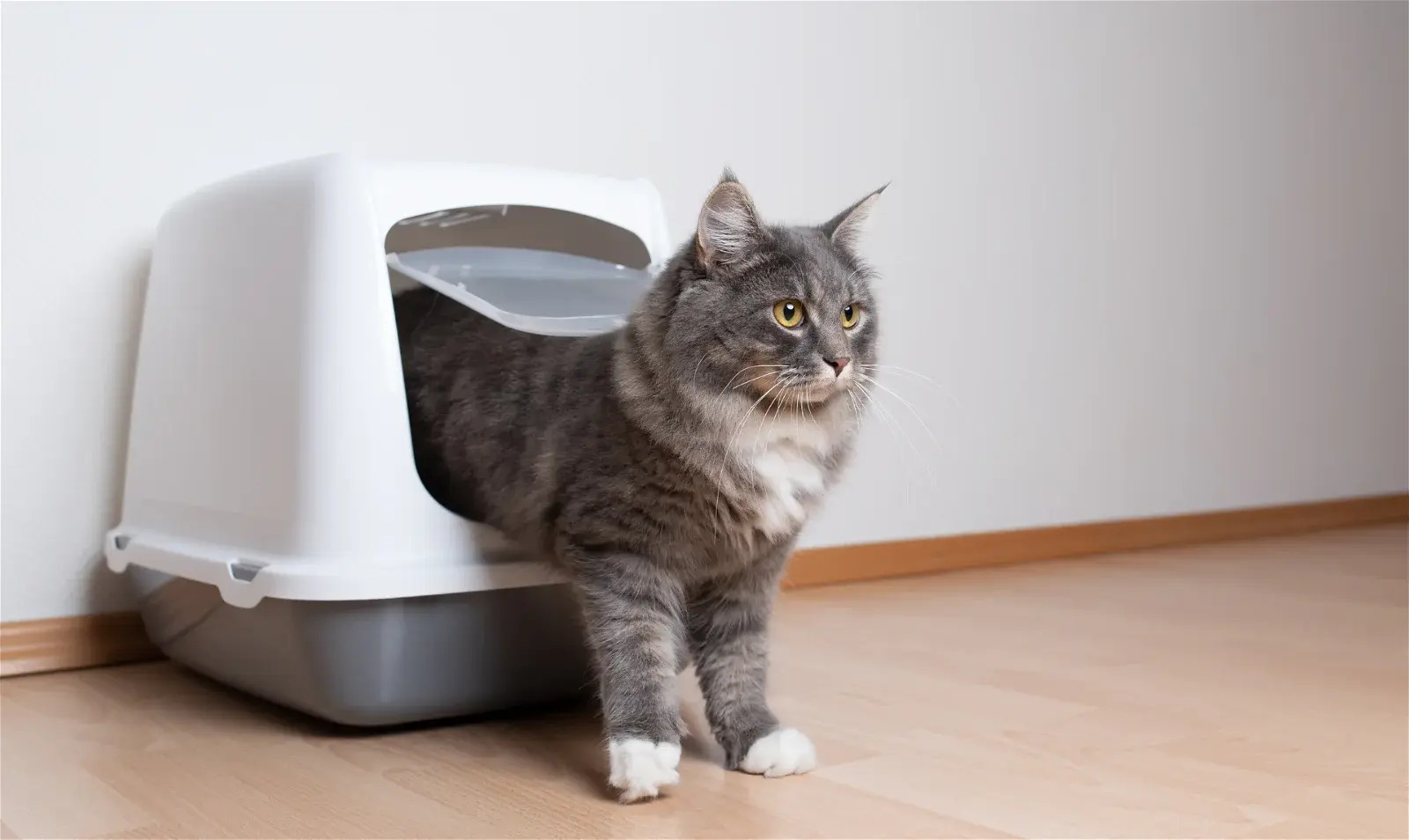
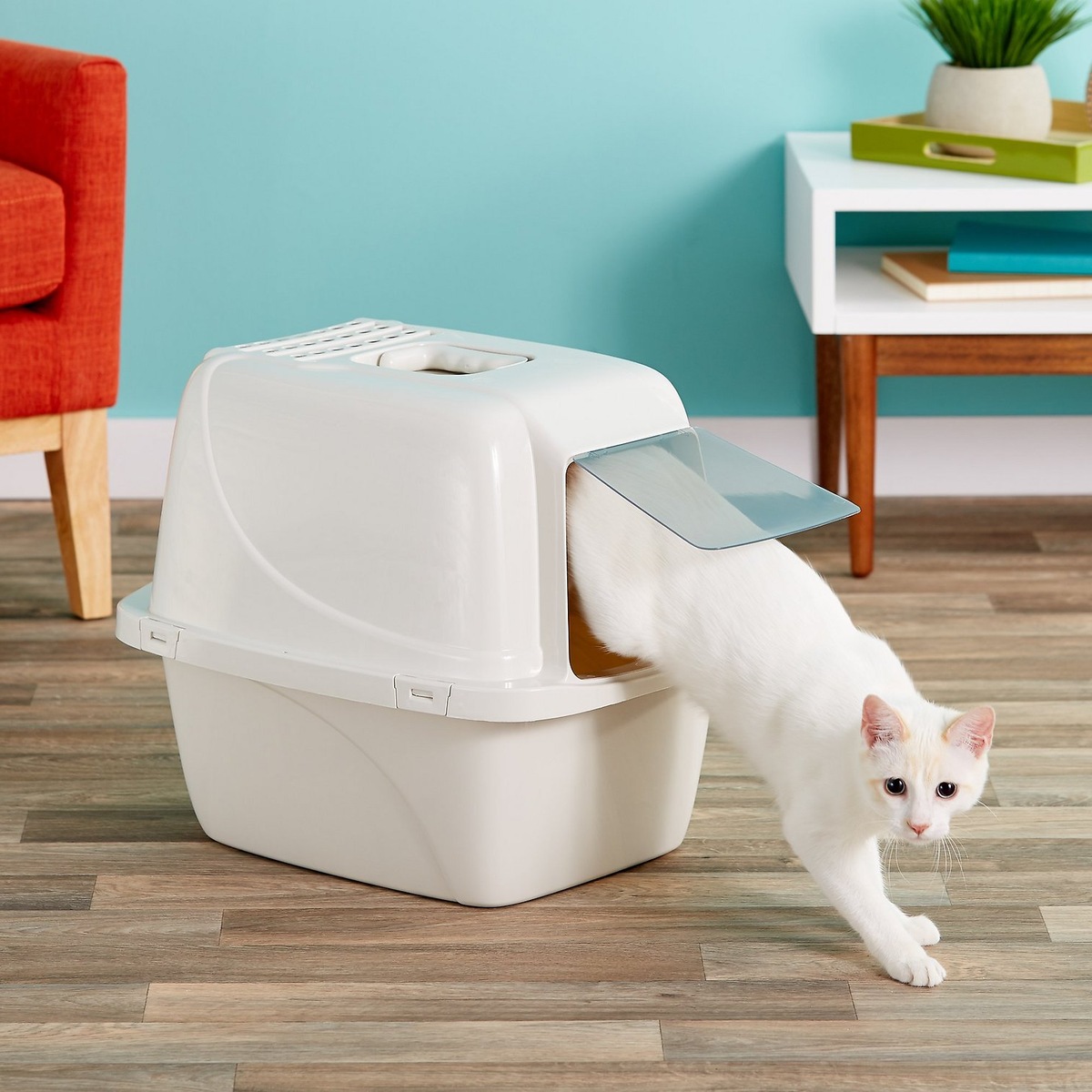
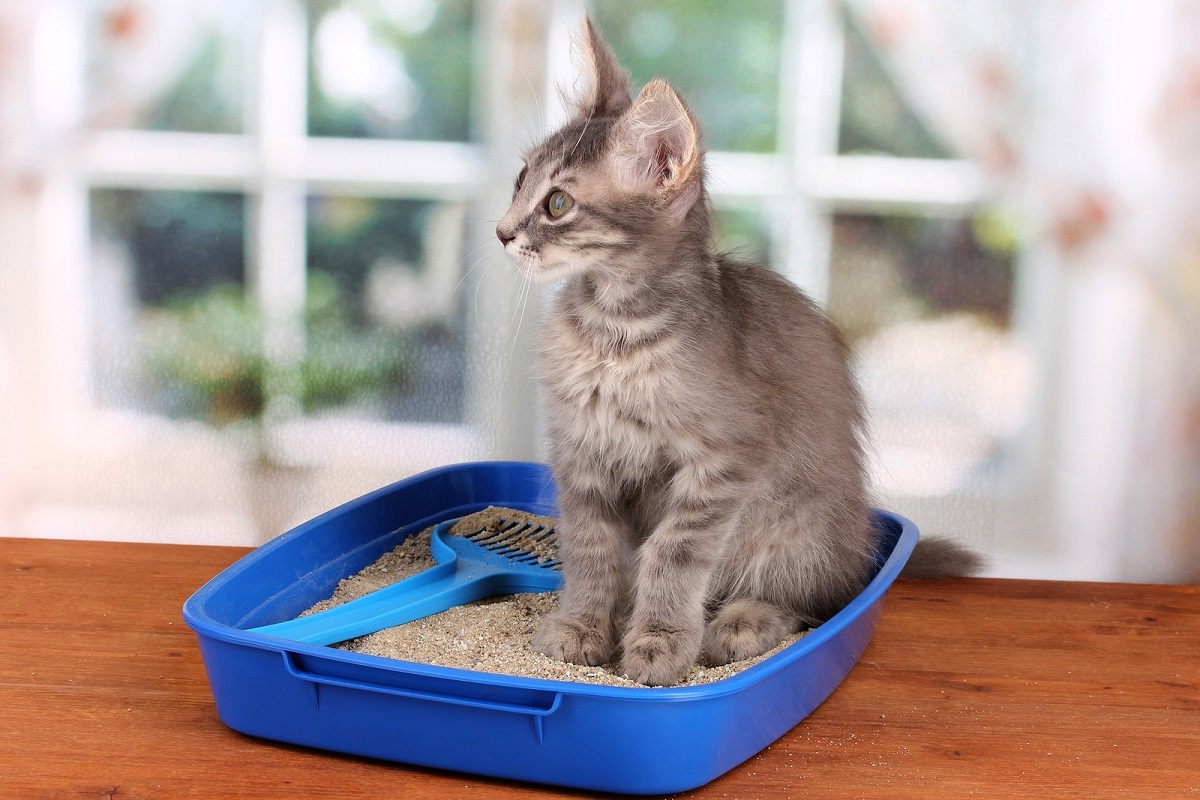

0 thoughts on “How To Get Cats To Share A Litter Box”